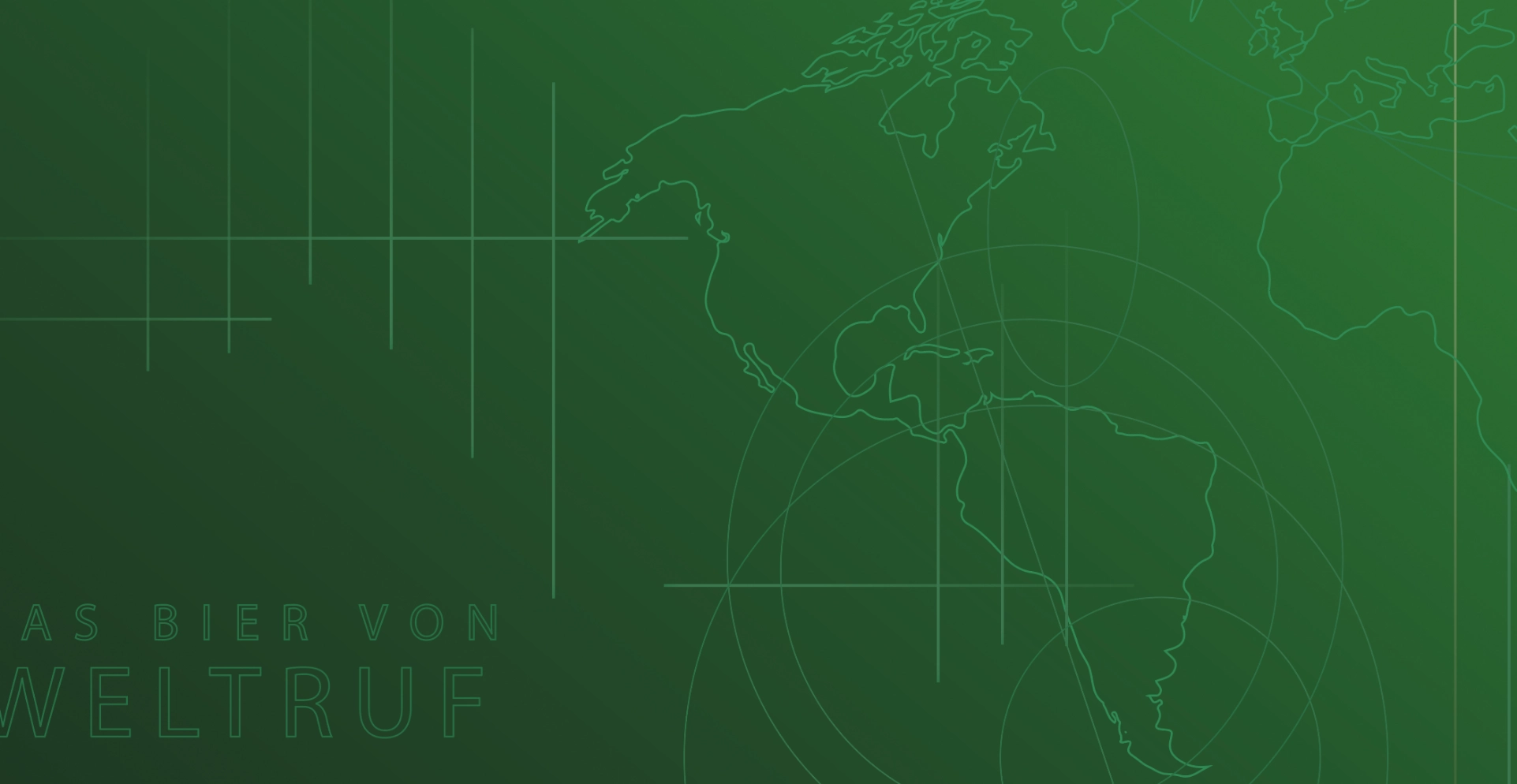The DAB you’re drinking today has been a process over 150 years in the making. Ever since we established our brewery in 1868, it has always been - and forever will be - about the beer for us. Not only did we invent the Dortmunder Export beer style, we laid the foundation for what modern beers taste like. Our passion for beer is reflected in every minute we spend at the brewery, every hop harvest that’s carefully examined, and every drop of beer we brew. Our Dortmunder Export is how everything started, but there’s more to DAB than just one beer.
